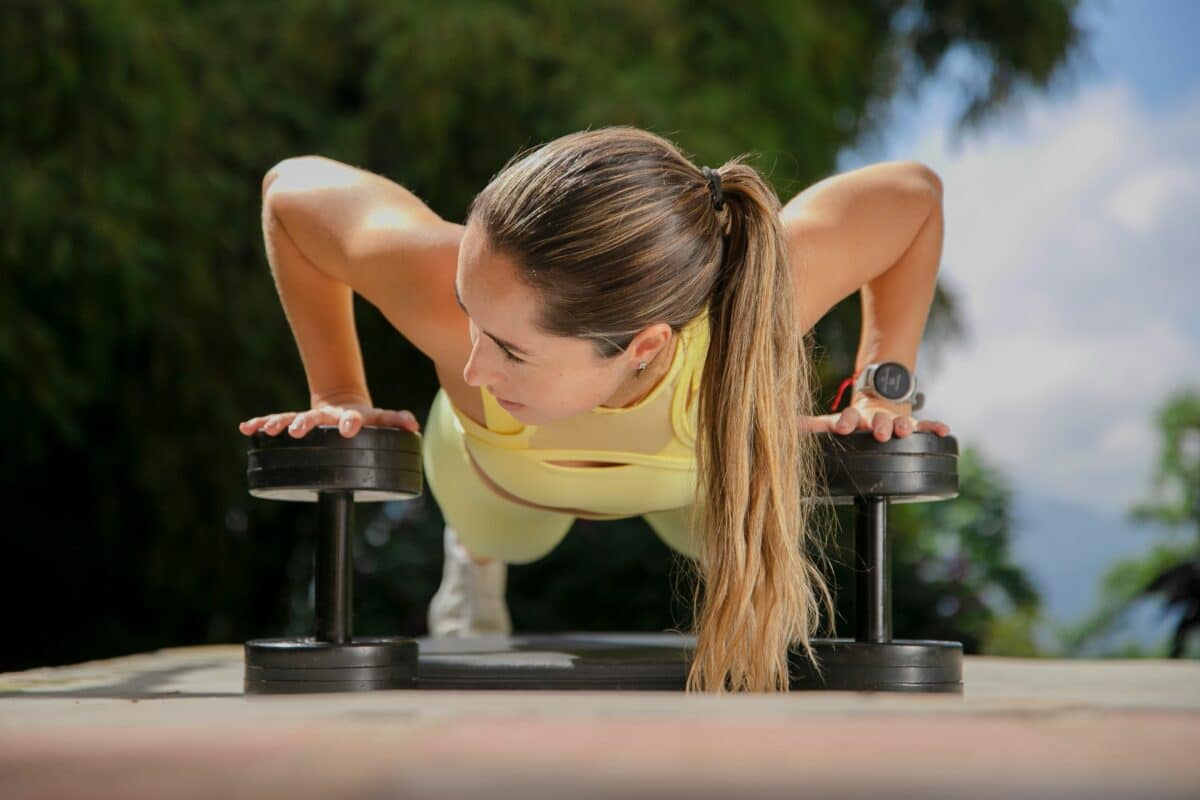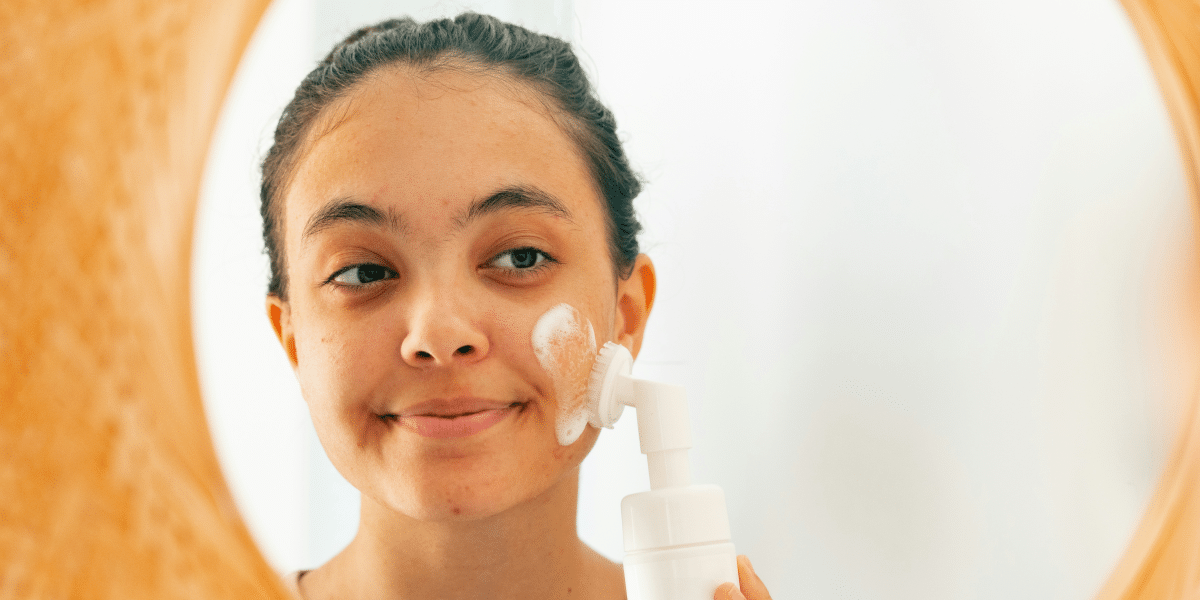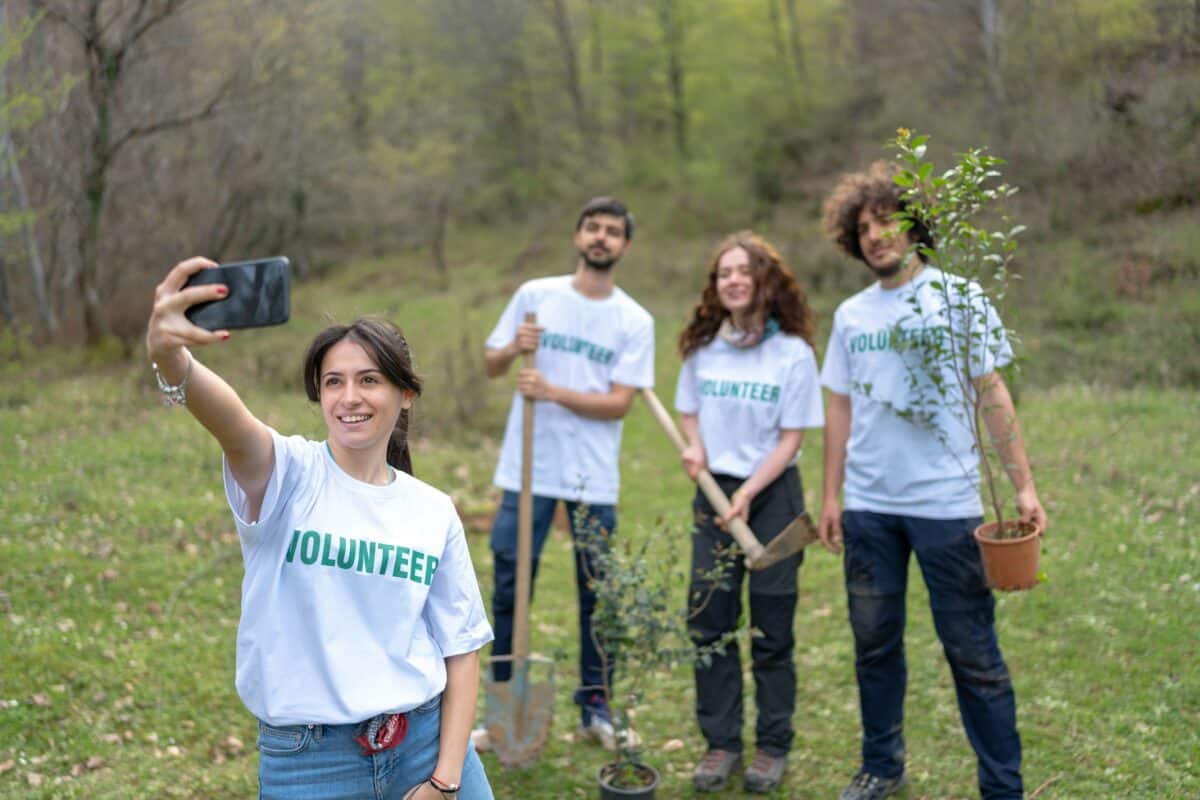Mastering Self-Discipline for Consistent Results: How to Stay on Track and Achieve Your Goals
Northern Magazine Staff 2
on
April 15, 2025
Self-discipline is one of the most powerful skills a person can cultivate, yet it is often the hardest to maintain. Whether it’s sticking to a fitness routine, staying focused on a work project, or avoiding distractions, self-discipline plays a central role in achieving consistent results. The good news is that self-discipline isn’t something you’re born with—it’s a skill that can be developed over time with the right strategies. If you want to build stronger self-discipline, there are several key techniques you can use, including setting clear intentions, practicing delayed gratification, and overcoming procrastination. But how do you make these techniques a part of your daily life?
Why Setting Clear Intentions Is Key to Self-Discipline
One of the first steps in mastering self-discipline is understanding why it’s important to set clear intentions. Without clear intentions, it’s easy to lose focus, drift off course, or fail to see any real progress toward your goals. When you have a clear sense of purpose, your actions become more directed, and your decisions are easier to make.
Setting clear intentions involves being specific about what you want to achieve and why it matters. For example, if you want to improve your fitness, rather than simply stating, “I want to work out more,” set a specific goal such as, “I want to exercise for 30 minutes every day this week.” This specificity makes the goal measurable and tangible, which in turn helps you stay on track. Additionally, defining the why behind your goal—such as improving your health or feeling more energetic—adds meaning to your intentions, making them more motivating when times get tough.
The power of intention-setting also lies in its ability to direct your focus. When you’ve clearly defined what you want, you can filter out distractions and stay aligned with your purpose. Each time you’re tempted to stray from your goals, you can remind yourself of your specific intention and why it matters. This can be incredibly helpful when facing challenges or moments of temptation, as it re-centers your attention and reinforces your commitment to staying disciplined.
The Power of Delayed Gratification in Achieving Consistent Results
One of the most challenging aspects of building self-discipline is learning how to practice delayed gratification. In a world full of instant rewards and quick fixes, delaying pleasure for a greater reward down the road can feel counterintuitive. However, learning how to delay gratification is one of the most effective ways to build long-term discipline.
Delayed gratification involves resisting the temptation of immediate rewards in favor of achieving a larger, more meaningful goal. This technique is essential for maintaining self-discipline, as it helps you stay focused on the bigger picture instead of succumbing to short-term distractions. For example, when working on a project, the temptation to check your phone, watch TV, or indulge in unhealthy snacks can derail your progress. Practicing delayed gratification means resisting these temptations until you’ve completed your work or reached a milestone.
One way to practice delayed gratification is by using the “10-minute rule”. If you feel the urge to procrastinate or give in to temptation, commit to focusing on your task for just 10 more minutes. Often, once you begin, you’ll find that it’s easier to continue working, and the initial urge to procrastinate fades away. Another approach is to reward yourself only after achieving a milestone or completing a task. For instance, you might allow yourself a treat or a short break after finishing a set amount of work. By consistently delaying gratification, you’ll strengthen your willpower and develop the mental toughness needed for sustained success.
Overcoming Procrastination: The Secret to Staying Consistent
Procrastination is a common enemy of self-discipline. It’s easy to put off tasks, especially when they feel overwhelming, boring, or difficult. But procrastination doesn’t just delay results—it can also cause anxiety and stress. So, how do you overcome procrastination and stay consistent in your efforts?
The first step in overcoming procrastination is to break tasks into smaller, manageable chunks. When faced with a large task or project, it’s easy to become overwhelmed and avoid it altogether. But by breaking the task down into smaller steps, you make it more approachable and less daunting. For example, instead of thinking, “I need to write a 10-page report,” think, “I will write one page today” or “I will outline the main points.” This reduces mental resistance and makes it easier to get started.
Another helpful technique for overcoming procrastination is the Pomodoro technique, which involves working in focused intervals, usually 25 minutes, followed by a short break. This approach helps you stay on task without feeling overwhelmed by long hours of work. Additionally, the short work intervals can help train your mind to focus for longer periods over time.
It’s also important to be kind to yourself when you slip up. Perfectionism and harsh self-criticism can trigger procrastination. Instead of beating yourself up when you fall off track, acknowledge the setback and refocus on the task at hand. Each small action you take builds momentum, and with consistent practice, overcoming procrastination becomes easier.
Putting It All Together: Building Long-Term Self-Discipline
Mastering self-discipline doesn’t happen overnight. It’s a gradual process that involves setting clear goals, practicing delayed gratification, and learning how to overcome procrastination. The key is to start small, stay consistent, and be patient with yourself as you build these habits. Remember, self-discipline isn’t about perfection—it’s about making steady progress toward your goals.
By using these techniques, anyone can improve their ability to stay disciplined and achieve consistent results. With the right mindset and strategies, it’s possible to transform your habits and create lasting success. Whether you’re aiming to improve your health, advance in your career, or pursue a personal project, building strong self-discipline will help you stay focused, motivated, and on track to achieve your dreams.










